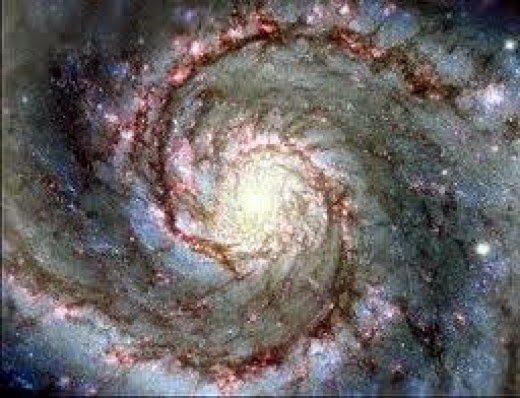| Online: | |
| Visits: | |
| Stories: |
The Order of the Golden Ratio in Space-Time
Anna Hunt
Waking Times
In the famous Fibonacci sequence, each number in the sequence is the sum of the previous two. It begins with 0, 1, 1, 2, 3, 5, 8, 13, 21, 34, and continues so on. When you take two successive numbers in this sequence, their ratio is very close to 1.618, which is called the golden ratio. The Fibonacci sequence and the golden ratio are present in many parts of the natural world including the shape of plants, human and animal bodies, weather patterns, and even galaxies. It is said that they govern order in the natural world.
Now, researchers from South Africa claim that the golden ratio can be seen in the topology of space-time, giving the argument that the ratio keeps the entire Universe in order.
Dr. Jan Boeyens at the University of Pretoria and Dr. Francis Thackeray of the University of the Witwatersrand in South Africa have researched the many ways that the golden ratio can be seen ‘related not only to aspects of mathematics but also to physics, chemistry, biology and the topology of space-time.’ The researchers believe that geometric shapes found in the natural world throughout the Universe ultimately succumb to the same mathematical property of 1.618.
The golden ratio creates an aesthetically pleasing appearance, in nature often resembling a spiral shape and, artificially, used by artists when creating art such as portraits and human body dimensions. Mathematically, it is represented by the Greek letter ‘phi’ and is said to be “a mathematical connection between two aspects of an object.” In the natural world, it is found in plants, such as sunflowers, pine cones, pineapples and cauliflower, as well as in animals’ skeletons and parts such as elephant tusks. It also represents the proportions all over the human body, such as from the hand to the forearm, or the distance between the three knuckles on each finger.
Read more »
Every Day is Earth Day
Source: http://www.riseearth.com/2014/12/the-order-of-golden-ratio-in-space-time.html





